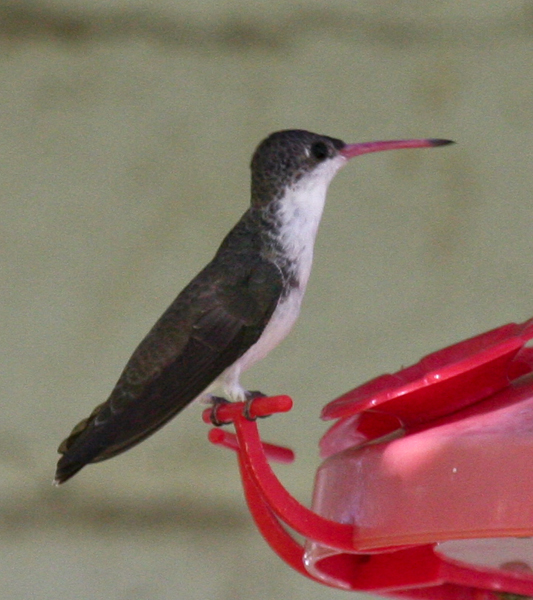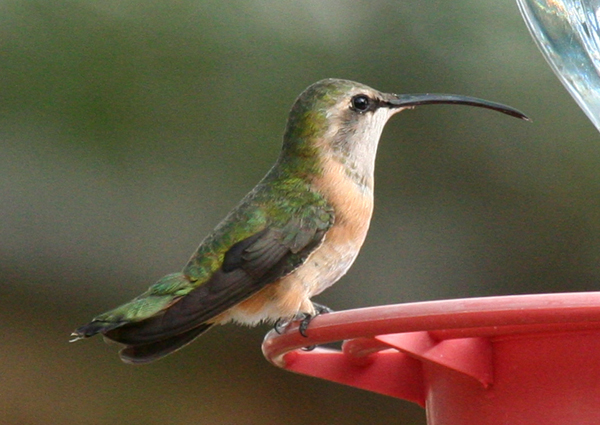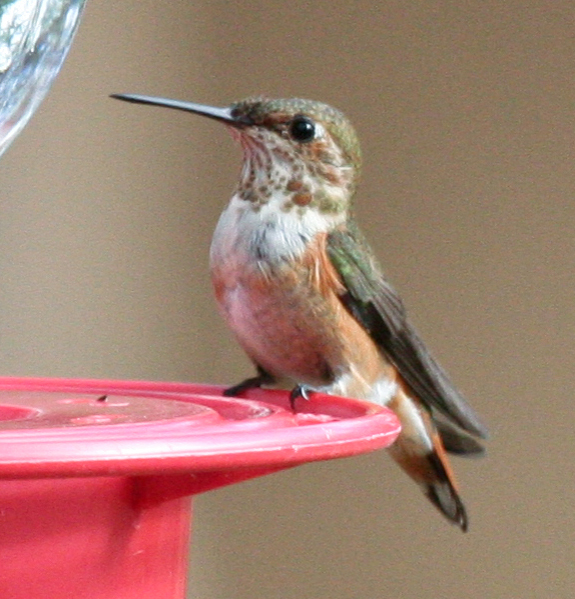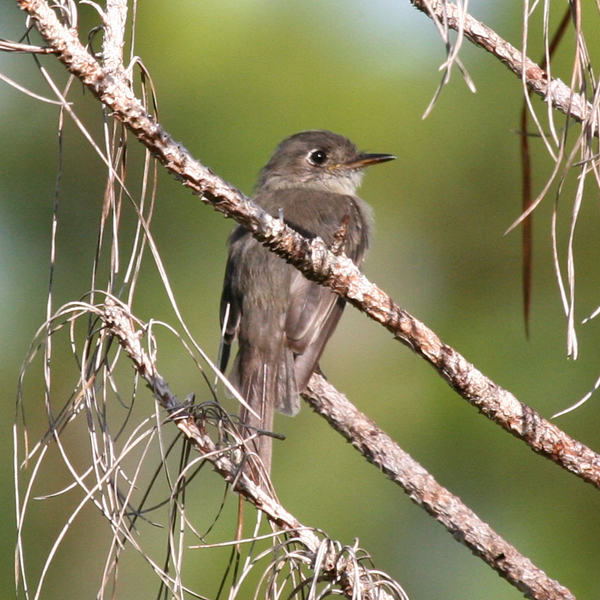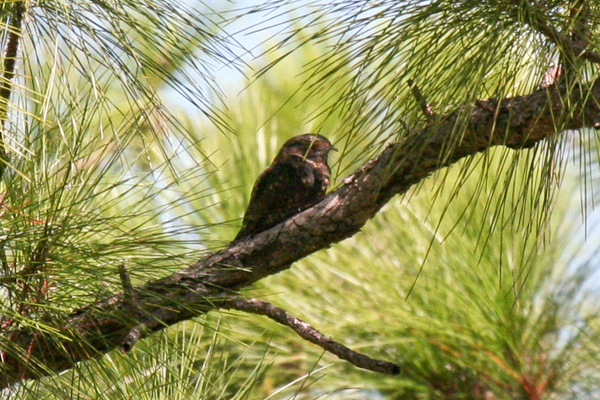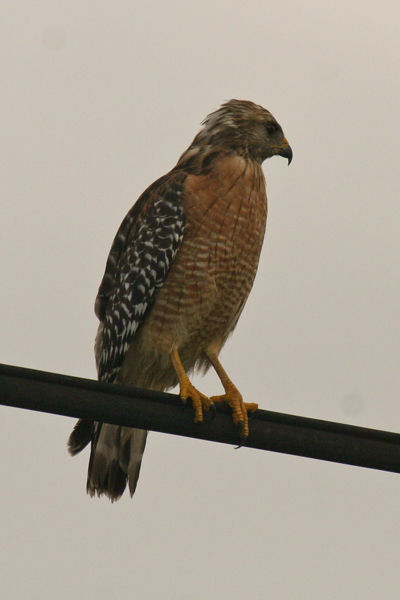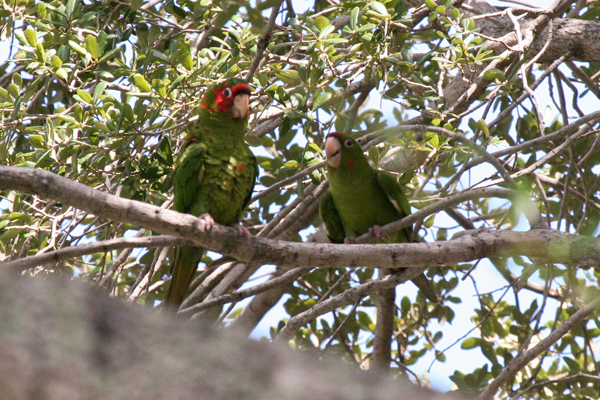In June of this year I traveled to Nome (Alaska) to look for 5 new North American Life Birds: Arctic Loon, Gyrfalcon, Bristle-thighed Curlew, Bluethroat and White Wagtail. I hired a local tour guide (Richard Benneville) for the first day or so because I was unable to find a rental car and because he was available and knows the territory, although he is not and does not bill himself as a bird expert or guide. His forte is the history and culture of the Nome area, but he does have a good sense of where to find birds and animals. I stayed at one of the hotels and was able to rent a vehicle for 3 of the 5 days I was there. Actually, the rental cost and gas price ($4.50 per gallon) totalled more than what I paid to Richard on a daily basis, so he was a bargain.
There were a lot of birders around, many with tour groups such as VENT and Fieldguides. I am told that this is the case every June. At the hotel desk was a place to write down the big discoveries of the day, and it was a helfpful resource. Nome is remotely located on the Seward Peninsula. There are 3 roads out of Nome, each ending at small villages 75 or 80 miles out. The only practical access to Nome from elsewhere in Alaska is by air, or, in summer, by sea. The ice was just breaking up when I was there. The weather was cold, windy, foggy and rainy practically all the time. Daylight prevailed about 21 hours of the day. The rain was generally light mist, so birding could be accomplished if you don’t mind being damp and cold. My long underwear got a lot of use.
My first trip was out the Teller Highway. With me on this trip with Richard were the Bartells, very experienced birders. The birding was good, but I did not find any of my target birds. We saw quite a few Arctic Warblers and other warblers, including Yellow, Wilson’s and Northern Waterthrush. We had hoped to find White Wagtails in Teller, where they have been regularly reported in prior years, but diligent hunts yielded none. We enjoyed a visit with Norbert, a resident of Teller, at his home. The local residents said they had not seen any White Wagtails yet this year.
The next day we took the Council Highway. I found two Arctic Loons at Safety Sound. A nest with 2 nearly fledged Gyrfalcons was easily visible on the middle pillar of the second bridge over the Soloman River. We did not spot either parent, however. This is an interesting road and we saw quite a few birds along the way. We spent some time in Council by the Niukluk River where Richard was picking up a couple from Israel who had spent the previous night at the campsite of a local outfitter. On the way back we had good looks at a Golden Eagle on her nest along side the road.
The next 3 days I was on my own. I drove out the Kougarok Road, hoping to find and join up with other hikers to make the trek across the Tundra at Mile Marker 72, across from Coffee Dome. This is the historic nesting area for Bristle-thighed Curlews. The trek is teacherous for 2 reasons: one, it is Grizzly Bear country, so it is unwise to go alone; and two, the tundra over which you must walk to get to the nesting area on the ridge is very rough and difficult to traverse, especially for a 76 year-old with arthritic knees. Although I saw two hikers up on the ridge, I decided against trying to catch up with them, and, instead, drove on to the end of the Kougarok Road, or at least as far as it was open.
On my last day, I once again drove to Mile Marker 72 in hopes of seeing some Curlews fly over, or of finding a group to join on the hike. After a few hours, I gave up and started to drive back to Nome when I saw an oncoming car with a family group of birders that I had seen on a couple of previous occasions. We slowed for each other and they said they were going to make the trek to try to find the Curlews. They were very gracious and welcomed me to join them. I did, and we were very successful in finding not just one, but several clearly seen and heard Bristle-thighed Curlews, quite easily distinguished by their call, color and bill shape from the otherwise similar Whimbrels which inhabit the same area. This was the highlight of my trip. Thankyou, Suyama family.
I was disappointed in not finding White Wagtails or the Bluethroats, in spite of hours of effort. Others did see Bluetails, but for everyone it was an arduous search. I believe no one found any White Wagtails in the area.
Some folks that I met on the trip asked me to list the birds I saw, so here they are: Red-throated Loons; Pacific Loons, Arctic Loons, Pelagic Cormorants, Tundra Swans, Brant, Mallards, American Wigeon, Pintails, Greater Scaup, Common Eiders, Long-tailed Ducks, Red-breasted Mergansers, Rough-legged Hawks, Gyrfalcons, Rock Ptarmagin, Willow Ptarmagin, Sandhill Cranes, Pacific Golden Plover, Whimbrels, Semi-palmated Sandpipers, Western Sandpipers, Red-necked Phalaropes, Parasitic Jaegers, Long-tailed Jaegers (many), Mew Gulls, Glaucous Gulls, Glaucous-winged Gulls, ARctic Terns, Ravens, Horned Lark, American Pipits, Tree Swallows, Violet-green Swallows, Cliff Swallows, Arctic Warblers, Northern Wheatear, Gray-cheeked Thrushes, Robins, Yellow Wagtails, Orange-crowned Warblers, Yellow Warblers, Northern Waterthrush, Tree Sparrows, Fox Sparrows, Savannah Sparrows, White-crowned Sparrows, Lapland Longspurs, Rusty Blackbird, Common Redpolls, Hoary Redpolls, Golden Eagle, Green-winged Teal, White-fronted Geese, Canada Geese, Bristle-thiged Curlews, Golden Crowned Sparrows, Black Scoter, Harlequin Ducks, Semi-palmated Plover, Northern Shrike and Northern Harrier.
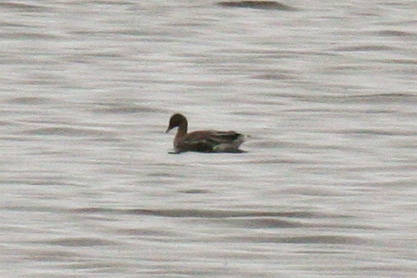

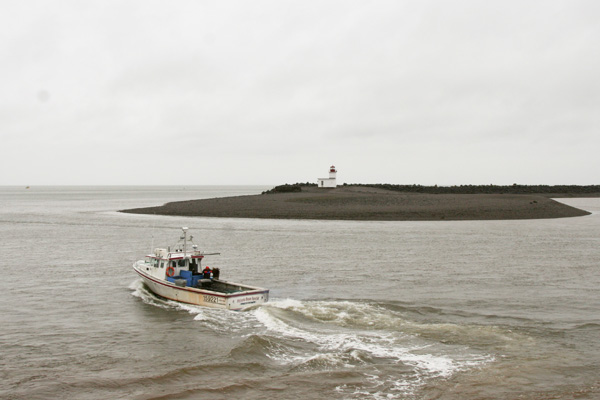





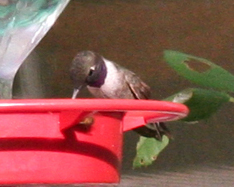 Violet-crowned Hummingbird
Violet-crowned Hummingbird